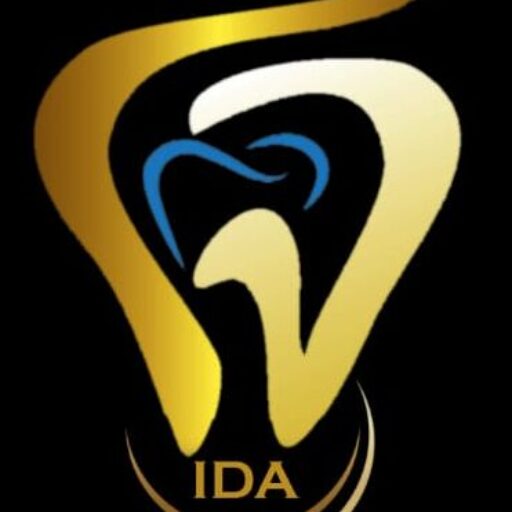Mastery Courses
Fixed orthodontics
Dental Implantology Course
Basic Oral Surgery Clinical Course
Rotary Endodontics Course
Cosmetic Dentistry Course
Dental Lab Technician Course
Laser Dentistry Course
Crown and Bridge Course
Facial Aesthetics Course
Periodontics Clinical Course
Orthodontist Assistant Course
ORTHODONTICS ASSISTANT COURSE
Course Outline
• The topics listed below are covered in the Academy of Orthodontic Assisting – Level 1 program.
• 1. Oral and Dental Anatomy
– Oral anatomy
– Dental anatomy
– Tooth development
– Tooth numbering
– Tooth surfaces and directions
– Malocclusions
• 2. What is Orthodontics?
– Introduction
– Dentistry and dental specialties
– Types of orthodontic treatment
– Stages of treatment
– Orthodontic instruments
– How teeth move
• 3. The Orthodontic Appliance
– Basic orthodontic appliance parts
– Elastomeric ligatures
– Steel ligatures
– Intraoral auxiliaries
– Non-traditional orthodontic appliances
• 4. Archwire Selection
– Placement and termination
– Archwire selection
• 5. Headgears and Elastics
– Extra-oral auxiliaries – Headgears
– Intra-oral auxiliaries – Elastics
• 6. Secondary Appliances
– Categories of secondary appliances
– Introduction to appliance fabrication
– Types of appliances
• 7. Application of Orthodontic Appliances
– Separators or spacers
– Orthodontic bands
– Bonding of orthodontic appliances
• 8. Removal and Retention
– Removal of braces
– Retention
– Post-treatment procedures
• 9. Diagnostic Records
– Introduction to diagnostic records
– Impressions
– Bite registration
– Orthodontic x-ray techniques
– Photographic techniques
– Digital records
• 10. Radiation and X-ray Safety
– Introduction
– Radiation safety
– The x-ray cassette – extra-oral film
– The darkroom
• 11. Orthodontic Models
– Types of models
– Pouring models
– Separating models
– Trimming models
– Alternatives to standard study models
• 12. Patient Management
– Chair, patient, and body positioning
– Physical interaction with patients
– Checking appliances
– Patient instructions
– Charting
– Parent communication
• 13. Infection Control in Orthodontics
– What is infection control?
– Sterilization and disinfection
– Protecting our patients and ourselves
• 14. Professionalism in Orthodontics
– What to expect
– Interviews and resumes
– Professionalism in the office.
• 15.PVS Impressions
– Oral anatomy
– Uses of PVS
– Preparing for impressions
– Methods for success
– Evaluating a PVS impression
– Bite registration
• 16.Infection Control in the Orthodontic Office
– Infectious diseases
– Modes of disease transmission
– Protection agencies
– Preventing infection
– Exposure prevention
– Standard precautions
– Hand hygiene
– Personal protective equipment (PPE)
– Sterilization and disinfection
– Environmental infection control
• 17.Adjustment of Headgears and Retainers
– Adjusting wire retainers
– Adjusting and inserting retainers
– Adjusting clear retainers
– Retainer instructions for the patient
– Fitting headgear
– Headgear instructions for the patient
– Adjusting headgear
• 18.Identification of Cephalometric Landmarks
– What are cephs?
– What are landmarks based on?
– Soft tissue landmarks
– Hard tissue landmarks
– Key anatomy
– Hard tissue landmarks
– Soft and hard tissue counterparts
– Introduction to tracing cephs
• 19.Risk Management for Orthodontics
– Malpractice
– What is risk management?
– Handling an incident in the office
– Main points
– Why do people sue doctors?
• 20.The Assistant’s Role in Soft Tissue Laser Procedures
– Classification of lasers
– Orthodontic laser procedures
– Safety with lasers
– Assistant’s role during the procedures
• 21.The Assistant’s Role in Mini-Implants
– Introduction to Mini-Implants (TADs)
– The assistant’s role
– Placing TADs
– Post treatment
– Removal of mini-implants
• 22.The Biological Basis of Tooth Movement
– Review of dentoalveolar anatomy
– Influences on tooth position
– Types of tooth movement
– Advanced dental anatomy
– Components of the PDL
– Bone formation
– Overview of the tooth movement process
– Forces in tooth movement
• 23.Analyzing, Tracking, & Preventing Unnecessary Repairs & Emergencies
– Emergency vs. repair
– Effects of unnecessary repairs
– Benchmarking
– Common repairs
– Employee roles in prevention
• 24.Predictable Bonding to A-Typical Tooth Surfaces
– Bonding to a-typical tooth enamel
– General preparation
– Key terms
– Use and care of products
– Bonding to challenging enamel surfaces
– Bonding to non-enamel surfaces
– Using self-etching primer
